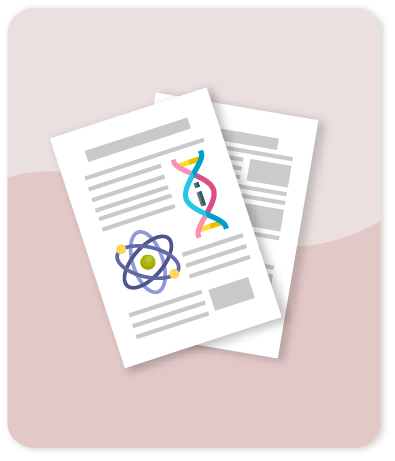Structural Relaxation and Crystalline Phase Effects on the Exchange Bias Phenomenon in FeF2/Fe Core/Shell Nanoparticles

Compartir este ítem
Autor
Velásquez E.A.
Mazo-Zuluaga J.
Tangarife E.
Mejía-López J.
Citación
Metadatos
Mostrar el registro completo del ítemResumen
In this study, the power of first-principles methods along with molecular dynamics and atomistic Monte Carlo simulations is employed to elucidate the effects of the structural relaxation on the exchange bias (EB) behavior of FeF2/Fe core/shell nanoparticles. The effects of the crystalline phase are also explored by studying the EB features on the related nanoparticles modeled through simple cubic, body centered cubic, and face centered cubic systems. The results indicate that effects of both structural relaxation and crystalline phase on the EB phenomenon are crucial. Noticeable differences are found in the quantitative and qualitative results, as well as in conclusions from studies which, for the sake of simplicity, have used simple cubic crystalline structures for modeling the sample of study instead of its own crystalline model. To compare these results with experimental systems, hysteresis behaviors under field cooling procedures and for a sample made up by a particle diameter distribution D = 4.3 ± 0.7 nm, which is easily affordable at present, are presented. In that sense, this study raises a warning about the conclusions derived from previous works, and offers a suggestion to pay close attention to both the crystalline model and the structural relaxation of the nanoparticle systems exhibiting EB effects. © 2020 WILEY-VCH Verlag GmbH & Co. KGaA, Weinheim
Colecciones
- Indexados Scopus [1632]
